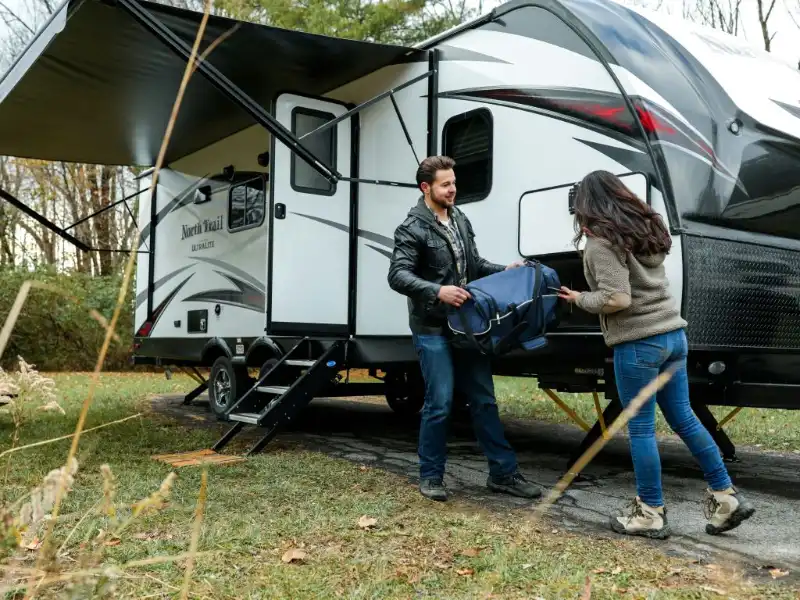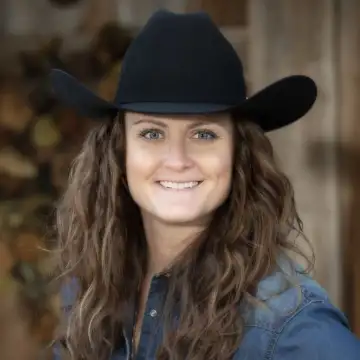Property Insurance Considerations
Understanding the new locations’ particular access to carriers can help you evaluate if/how many insurance options for coverage might be available to you. Major factors affecting property coverage are wildfire risk, proximity to the coast, and high wind zone areas (tornados). If you have an insured value (TIV) of all buildings, this can also be a concern. Some companies draw the line around $10M.
When these factors are in play, admitted markets may refuse to provide quotes. This could necessitate insuring the property with one carrier and the general liability with another. This increases the likelihood of extreme premium differences between you and the previous owner. This is because you will likely NOT be grandfathered into their old policy but be held to new underwriting guidelines.
For example, when a TIV exceeds a single carrier’s limit, multiple insurers may share the risk, and the minimum property premiums will be between $35K and $60K, depending on the risk and location. These carriers require quota share or layered coverage policies. This means that one insurer carrier will insure the first $2.5M, a second will cover the next $2.5M, and so on.
Building Updates & Coverage Considerations
Carriers are strict about building conditions and may not offer special form perils or replacement costs unless:
- The building is 25 years old or newer.
- Major system updates—including plumbing, heating, electrical, and roofing—have been completed within the last 25-35 years (varies by carrier).
So, if you are buying a fixer-upper for the highest cash-on-cash return, it’s important to know that you won’t have this information and will need to try to get the coverage you can until you can update your agent on the renovations completed.
Stronger Applications Get Faster Responses
To improve your application for insurance and to expedite underwriting, you should consider the following:
- Provide a risk spreadsheet—specialized carriers use these for rating. This information can be a deal breaker for good or bad insurance. Have the old owner fill this out and estimate a year for each area.
- A pro forma with three-year projections is best.
- If you are in a high wildfire area, highlight wildfire mitigation efforts (fire breaks, defensible space, sprinkler systems, wildfire consulting, etc.).
- If you are in a high wind or hail zone, what type of roof do you have? What is the wind and hail rating of your roof? Has it been updated in the last 20 years?
- Provide recent photos of the property and pictures of the buildings to show good condition. If you are in a high wildfire area, show that you have open space and a hard, fire-resistant landscape. Take a picture of the electrical panels, roof, and plumbing in the mechanical rooms.
Liability Insurance Considerations
These situations put your application at the top of the pile and will have access to the most carriers:
- Experience: At least three years of campground or hospitality ownership experience improves eligibility. Put together a strong resume detailing your background.
- Liability Waivers: Having a well-drafted liability waiver in place strengthens your application.
- Activities & Amenities: Some activities raise underwriting concerns and limit carrier options. Expect longer underwriting times if your campground offers the following:
- Water slides, inflatables, equine activities, zip lines, paintball, jumping pillows/pads, e-bikes, boat rentals, diving boards, etc. (These aren’t impossible to insure, but they can be hard to find an affordable carrier.)
- Risk Management: For new purchases, submitting strong risk management documentation can make a significant difference. Carriers want to see your safety procedures, maintenance policies, and risk mitigation plans. Other items you might consider:
- Provide proof of employee training manuals, safety training, security surveillance, and pictures of signage.
- Explain how long you keep your waiver forms (electronic or paper).
- Do you have a looping video about the dos and don’ts of these activities?
- Keep an injury report log. (You can find more information and helpful documents here.)
Final Thoughts
A little extra footwork before your next purchase will go a long way towards securing the right insurance for your campground investment. All of the details above are cumulative, so if some areas don’t apply, make the other areas your emphasis to help your agent build a strong application for you. By organizing and providing this key information at the front end, you will increase your chances of getting the right coverage at a competitive price.
Have questions or need guidance? Don’t hesitate to reach out!





